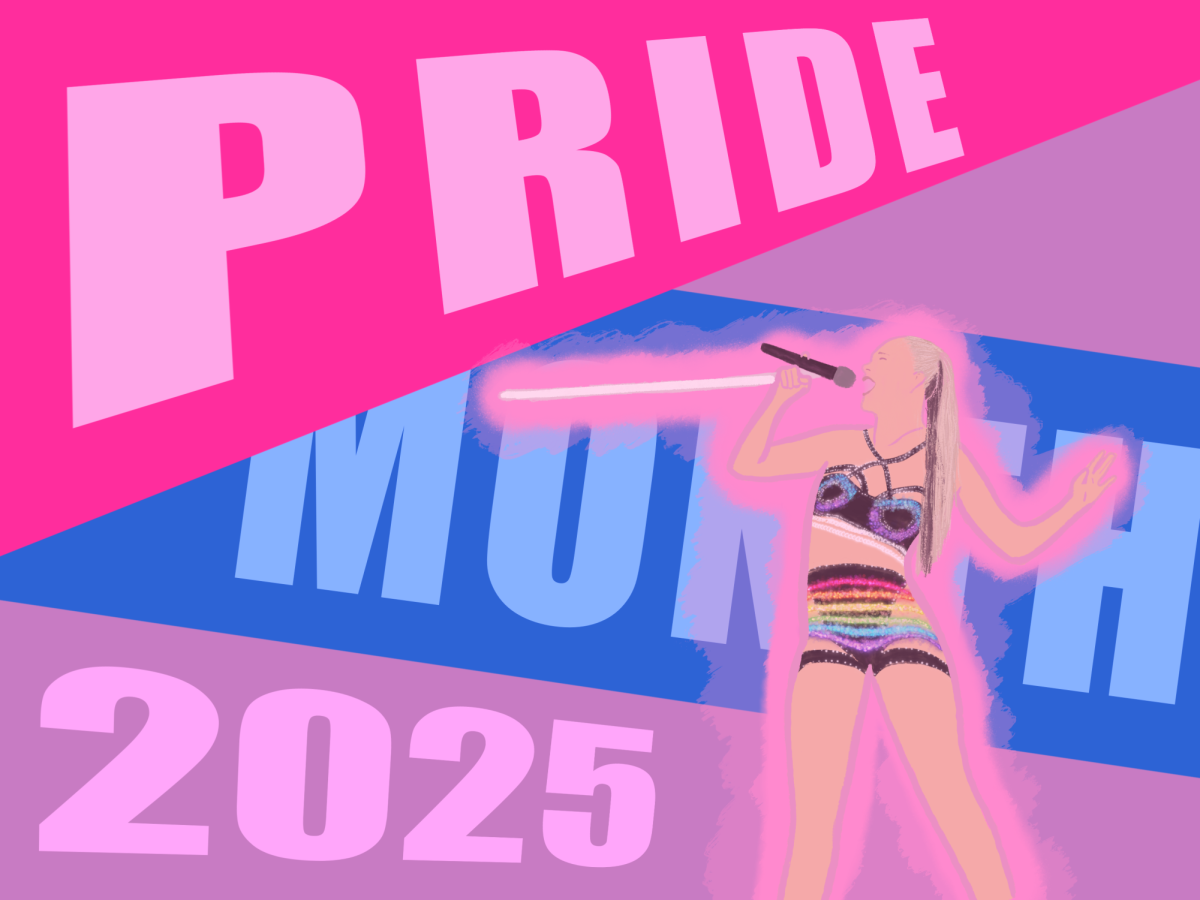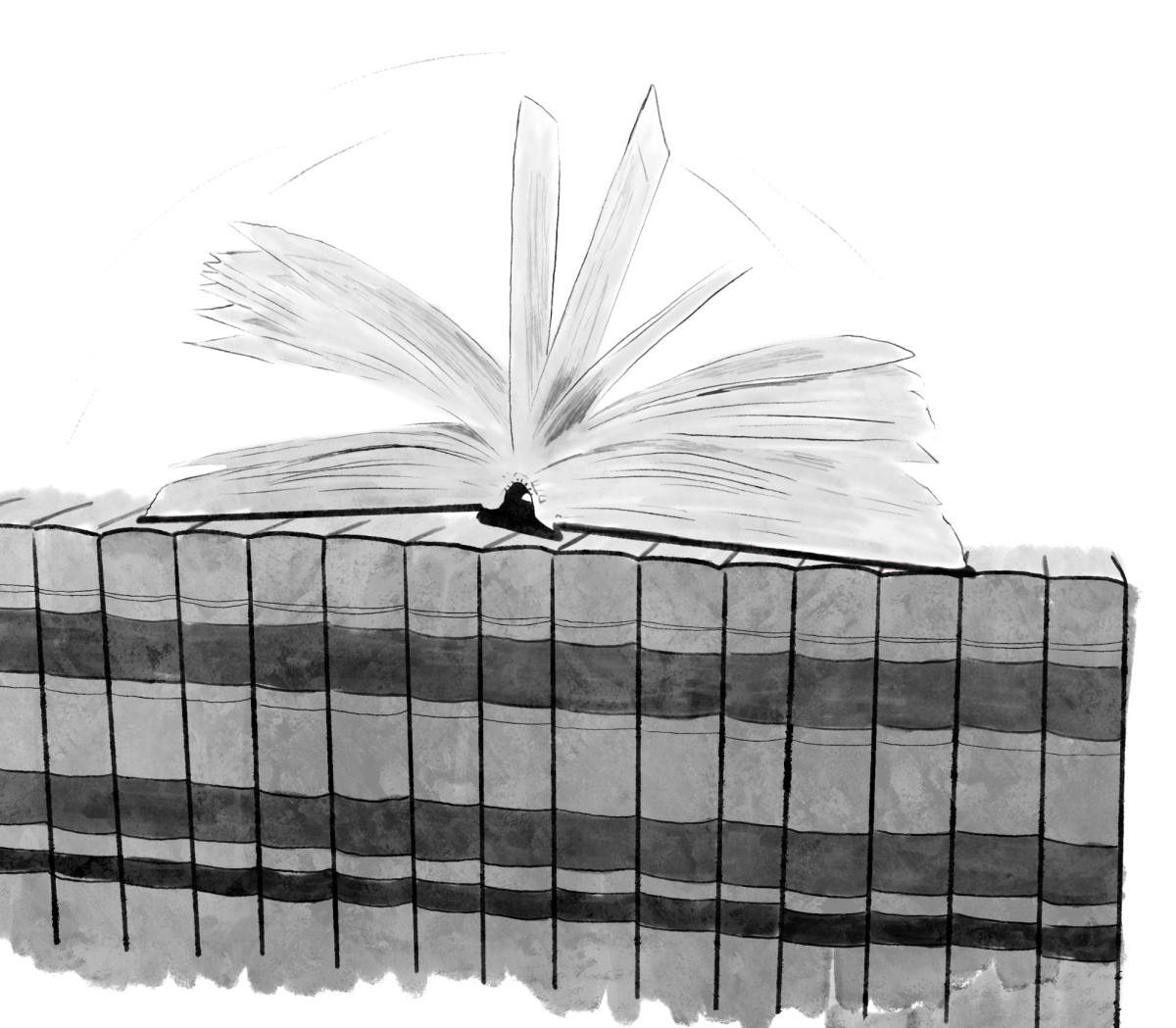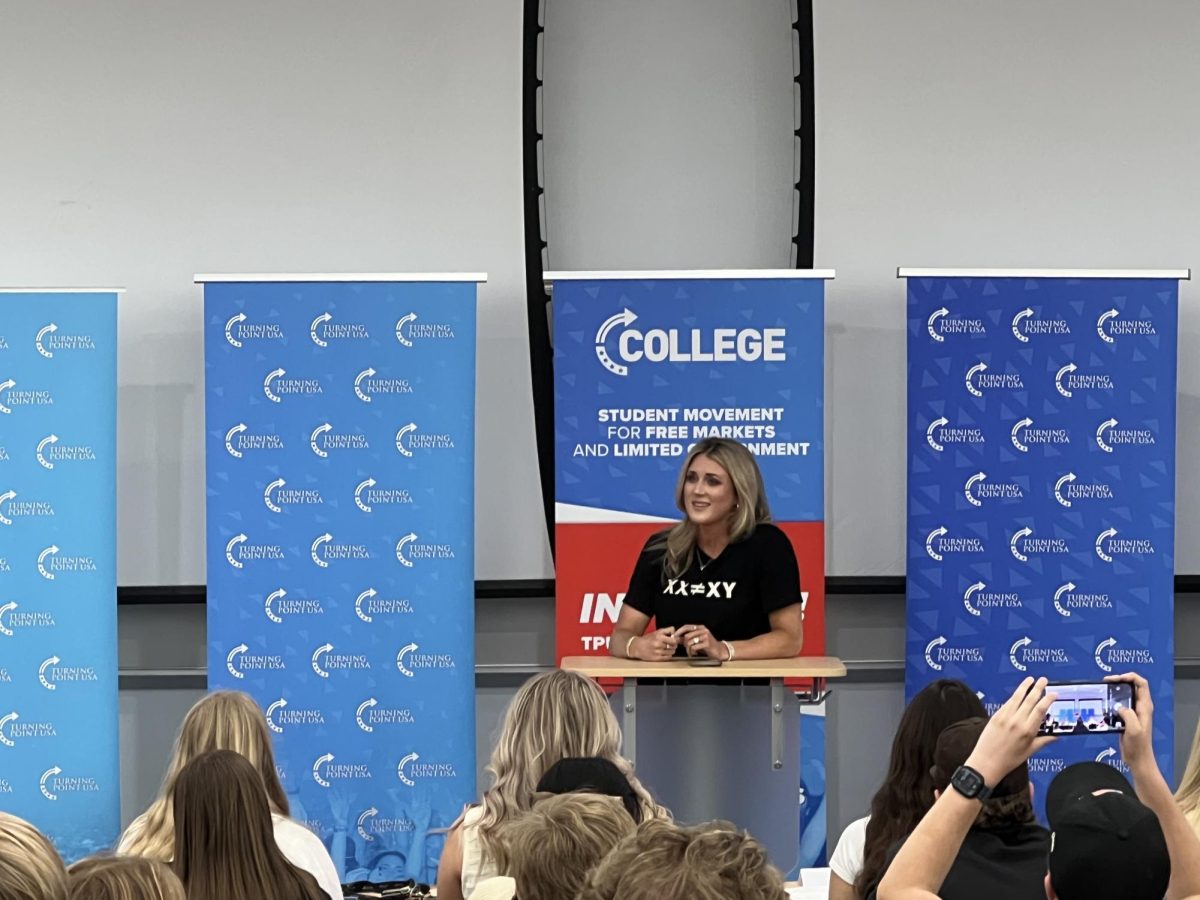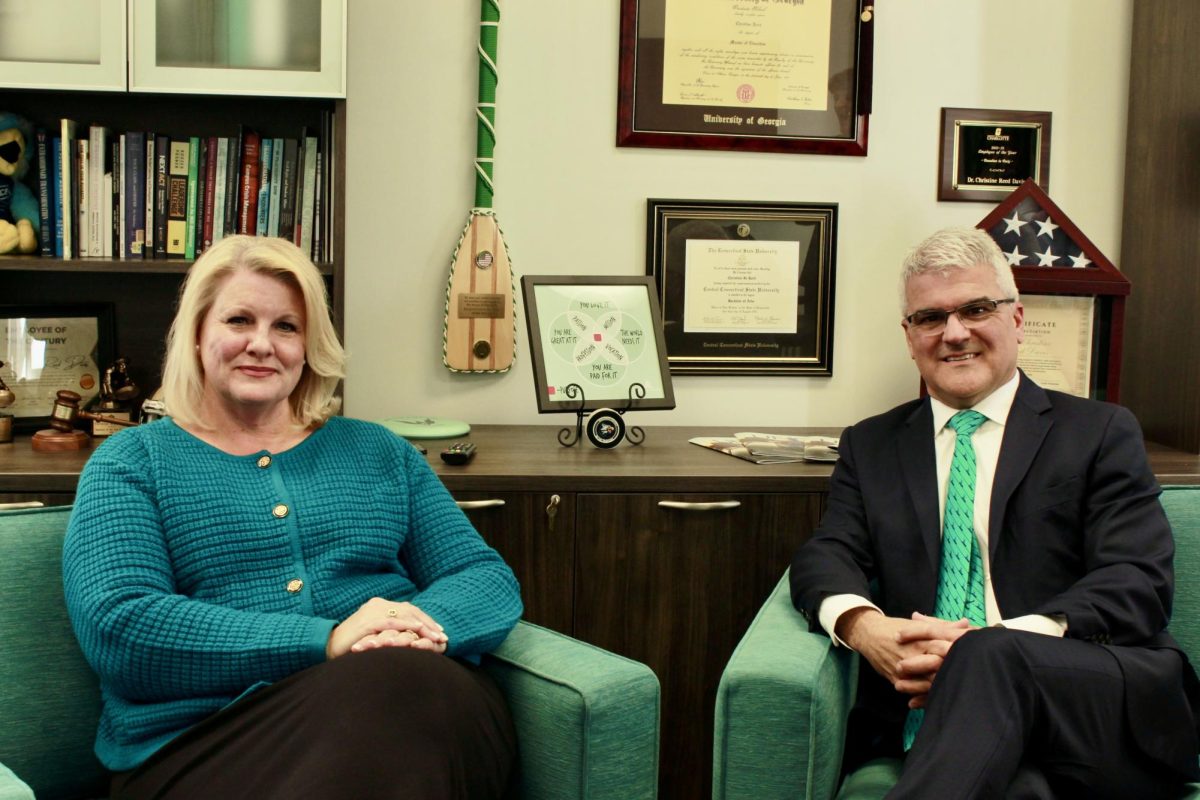
In contemporary romance literature, the prevailing narrative often revolves around a familiar trope: the portrayal of a dominant, powerful man coming to the rescue of a vulnerable, broken woman. This archetype, characterized by the trope of “enemies to lovers,” has become so played out that its boundaries have been stretched beyond healthy means. As a women and individual who is just above the age of “YA,” meaning Young Adult, I am extremely worried for adolescents as this message is being instilled within their developing minds.
Best-selling authors in the romance genre, such as Colleen Hoover, Monica Murphy and Ana Huang, have curated a particular depiction of couples, perpetuating harmful stereotypes for both men and women. Often maintaining a narrative where the man embodies arrogance and dominance, while the woman disregards the red flags and overlooks reasons to walk away. These conventional depictions have ingrained long-lasting impacts on readers’ perception of identity, leading them to believe the qualities of predominance in men, and naiveness within women to be favorable, further portraying these actions within their romantic relationships.
The absence of female defiance roots from the obsession with male toxicity and superiority. Over time, our society has not only normalized unacceptable, even toxic behavior within relationships but has also glamorized it. The Mustang exemplifies that teenagers who haven’t yet experienced romance are more likely to accept the idea that this is a standard for romance and relationships. This normalization has infected various age groups, particularly adolescents. The allure of partners lacking respect, honesty and moral integrity is increasingly appealing to our younger generation. According to National Library of Medicine, the power of the discourse produced through the representation of romantic relationships impacts romance styles in society. It was researched that 259 young people stated that there was a correlation between what they consumed and their sexual attitudes and assumptions.
Majority of the authors writing such novels are women who glamorize the inequality between control and power. Not only are we teaching young girls to settle or tolerate this behavior, it also insinuates this mentality consisting of repetitive phrases such as “I can fix him,” or “he’ll eventually change.” There is a recurring fascination with fantasizing over potential. This frame of mind indicates that if we try hard enough, maybe they will stay. If we give them one more chance, maybe they will change. If we keep making excuses for their actions, we are educating the younger audience that this intolerable behavior can be excused.
The line between romance and smut has been downright blurred. The Young Adult genre goes as dark as normalizing actions that entail mental and physical abuse, such as violence, cheating, stalking and the overuse of substances. Men who act in accordance with this etiquette are often referred to as “the bad boy.” They present themselves as damaged individuals who simply have the right to treat women as they please. There is an immense variance between a man with some attitude and boldness, versus an abusive manipulator. Young Adult novels are listed for ages between 12-18, though these books consist of verbal and physical abuse which is now disguised as “dark sexual fantasy” or “smut.” These books should not be considered romance, while this narrative is convincing the younger audience that this is what love entails. The boundaries have been pushed and the labels have become intertwined, where teenagers are constantly being influenced by this false and distorted portrayal of “love.”
This surplus in power can be displayed within all genders, though “female rage” is overlooked and male toxicity is applauded. Specifically discussing the gender of males, masculine toxicity within the romance novel industry has spiraled into an excessive number of issues which encompass our society. We are glorifying these traumatic events as love. We are idolizing these fictional men, who tend to keep appearing more frequently as this motive is progressing. Male toxicity and “female rage” encompass the same behaviors, yet one is favored. Women are considered crazy, manic even for displaying these wrongdoings, though men are drooled upon and craved for their insufferable mannerisms. We have built this foundation of inequality upon this imbalance between genders, where one is normalized, and the other is castigated.
This type of genre is dominated by one gender as the authors: women. These best-selling books have taken away a huge piece of female empowerment and identity, yet the majority of the creators are women themselves. As indicated in WordsRated, 85% of romance genre books are written by women. The implication with the large amount of numbers supporting this statistic strives to normalize this behavior, simply because women are the ones producing this content. Not only are women fabricating this concept of love in literature, they are encouraging it, especially to the YA audience.
This idea exists within all forms of entertainment such as television, music, video games and literature, spreading beyond the bounds of romance novels. It has evolved from an intriguing plot within books, to a mindset that is belittling towards women, further depriving our agency. Adolescents are rapidly becoming addicted and attached to this false reality, which has evolved from a daring kind of love to normalizing abuse and promoting male toxicity. You can now find this ideology scattered throughout your local bookstore, encompassing the entirety of the shelves titled under “romance.”




















Carol Emerson • Apr 5, 2024 at 3:06 pm
Beautifully written & true!